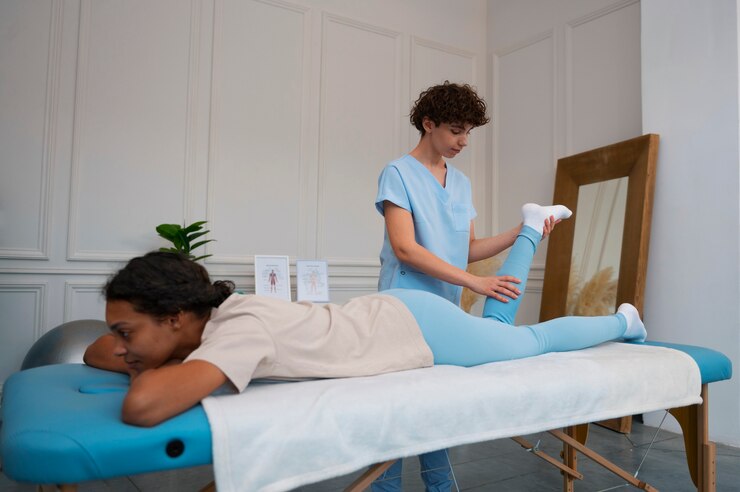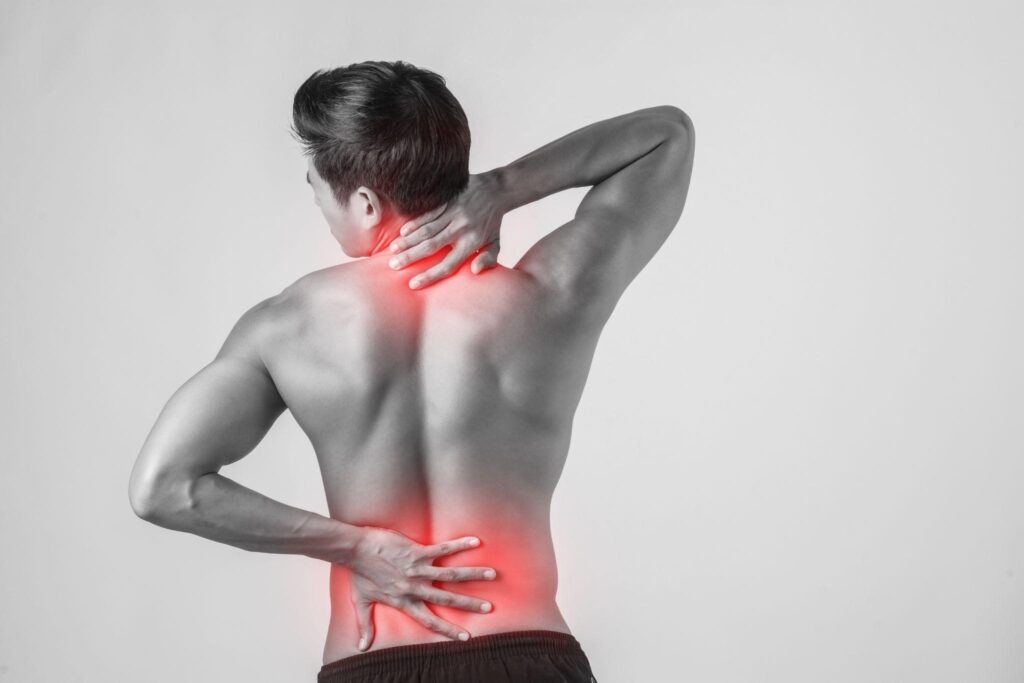Last updated on December 30th, 2024 at 11:54 am
Myositis treatment refers to the medical interventions and therapies used to manage and alleviate the symptoms of myositis, a group of rare autoimmune diseases characterized by inflammation of the muscles.
While there is no cure for myositis, treatment aims to reduce muscle inflammation, improve muscle strength, and enhance the overall quality of life for individuals affected by the condition.
Myositis is a group of rare autoimmune diseases characterized by inflammation of the muscles, which can lead to muscle weakness and pain. While there is no cure for myositis, several treatment options are available to manage the condition and improve the quality of life for those affected.
Myositis Treatment
The viral myositis treatments are mentioned below:
1. Medications
The primary approach to treating myositis involves the use of medications to reduce inflammation, suppress the immune system, and manage symptoms. The specific medication regimen may vary depending on the type and severity of myositis. Some common medications used in myositis treatment include:
- Corticosteroids: Prednisone or prednisolone is often the first-line treatment for myositis. These drugs help reduce inflammation and control symptoms. However, long-term use can lead to side effects, such as weight gain, bone thinning, and increased infection risk.
- Immunosuppressants: In cases where corticosteroids alone are not sufficient, immunosuppressive drugs like methotrexate, azathioprine, or mycophenolate mofetil may be prescribed to dampen the immune system’s response.
- Biologics: Some patients with myositis may benefit from biologic drugs like rituximab or tocilizumab, which target specific immune system components involved in inflammation.
> Consult a doctor and Order Medicine Online
2. Physical Therapy
Physical therapy plays a crucial role in myositis treatment. A trained physical therapist can design a personalized exercise program to help maintain muscle strength and mobility.
This can include gentle stretching exercises, aerobic activities, and resistance training. Physical therapy also helps improve posture and can alleviate pain associated with myositis.

3. Occupational Therapy
Occupational therapy can assist individuals with myositis in adapting to daily activities and maintaining independence. It can recommend assistive devices and techniques to make tasks like dressing, cooking, and bathing easier. They also provide strategies to conserve energy and reduce fatigue.
4. Lifestyle Changes
Making certain lifestyle modifications can complement medical treatments for myositis:
- Rest and pacing: Adequate rest and pacing of activities can help manage fatigue and prevent muscle overuse.
- Diet and nutrition: A balanced diet can support overall health and potentially reduce inflammation. Some people with myositis may benefit from dietary modifications, such as avoiding trigger foods.
- Stress management: Stress can exacerbate myositis symptoms. Techniques like relaxation exercises, meditation, and counselling can help manage stress.
- Smoking cessation: Smoking can worsen myositis symptoms and reduce the effectiveness of treatment. Giving up smoking is a pivotal move in effectively handling the situation.
5. Research and Emerging Treatments
Ongoing research efforts are exploring new treatment options for myositis. Some promising areas of research include:
- Targeted therapies: Researchers are investigating medications that target specific molecules involved in myositis, potentially offering more effective and safer treatment options.
- Stem cell therapy: Some studies are exploring the use of stem cell transplantation to reset the immune system in severe cases of myositis.
- Gene therapies: Genetic factors may play a role in myositis. Researchers are investigating gene therapies to modify or regulate the immune system’s response.

Viral Myositis Treatment
Viral myositis, caused by viral infections like the flu or Coxsackievirus, usually does not require specific antiviral medications. Instead, treatment focuses on managing symptoms. Rest, hydration, and over-the-counter pain relievers can help alleviate muscle pain and fever.
In the event of extreme cases, hospitalization might become essential to provide essential supportive care. It’s important to consult a healthcare professional for an accurate diagnosis and tailored treatment plan, as viral myositis symptoms can mimic those of other conditions, and the specific approach may vary depending on the virus involved and the patient’s overall health.
Conclusion:
Myositis is a complex autoimmune condition that requires a multidimensional approach to treatment. While there is no cure, a combination of medications, physical therapy, lifestyle changes, and ongoing research efforts can help manage the disease and improve the quality of life for those affected.
It is crucial for individuals with myositis to work closely with healthcare professionals to develop a tailored treatment plan that addresses their specific needs and goals. As research continues, the hope for more effective and targeted treatments for myositis remains strong.
Read: What are Generic Medicines?
Advantages of Generic Medicines
Generic medicines offer several advantages. First, they are more affordable than brand-name counterparts, making healthcare more accessible and cost-effective for patients. Second, they are rigorously tested and regulated for safety and efficacy, ensuring that they provide the same therapeutic benefits as brand-name drugs.
Additionally, the availability of generic versions encourages competition in the pharmaceutical market, driving down overall drug prices. This affordability and reliability make generic medicines a crucial option for many people, especially in managing chronic conditions and reducing healthcare costs.
FAQs on Myositis Treatment
Q1. What is myositis treatment?
Myositis treatment involves the use of medications, such as corticosteroids and immunosuppressants, to reduce muscle inflammation and manage symptoms. Physical therapy plays a crucial role in maintaining muscle strength and mobility, while lifestyle adjustments like rest, stress management, and a balanced diet can complement medical therapy to improve the quality of life for individuals with myositis.
Q2. Can antibiotics be used in myositis treatment?
No, antibiotics are generally not used as a primary treatment for myositis. Myositis is an autoimmune disease involving inflammation of the muscles, and antibiotics are designed to treat bacterial infections. Treatment for myositis typically involves immunosuppressive medications, physical therapy, and other supportive measures to manage the condition and its symptoms.
Q3. Is there a cure for myositis?
Currently, there is no cure for myositis. However, various treatment options, including medications and physical therapy, can help manage the condition, reduce inflammation, and improve muscle strength and quality of life.
Q4. Are there alternative treatments, like herbal remedies or acupuncture, for myositis?
While some individuals with myositis may explore complementary therapies like herbal remedies or acupuncture to manage symptoms, these approaches are not proven to be effective as primary treatments. It’s crucial to consult with a healthcare professional for evidence-based myositis treatment options.
Related Links:
